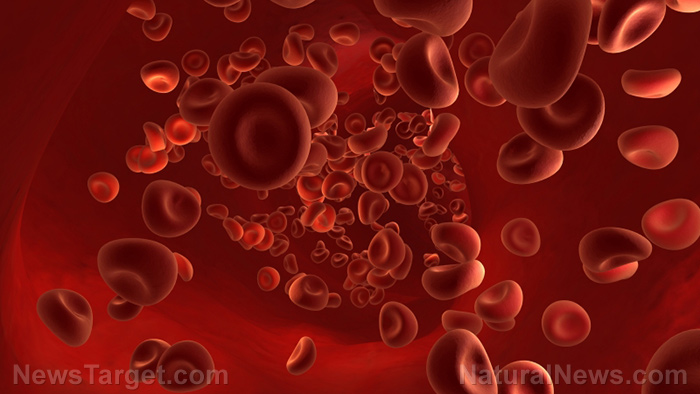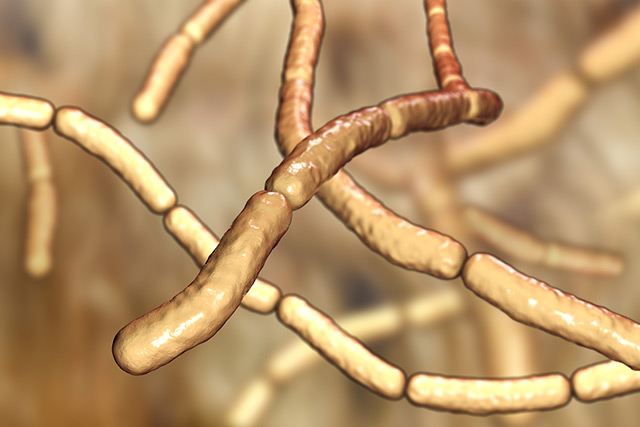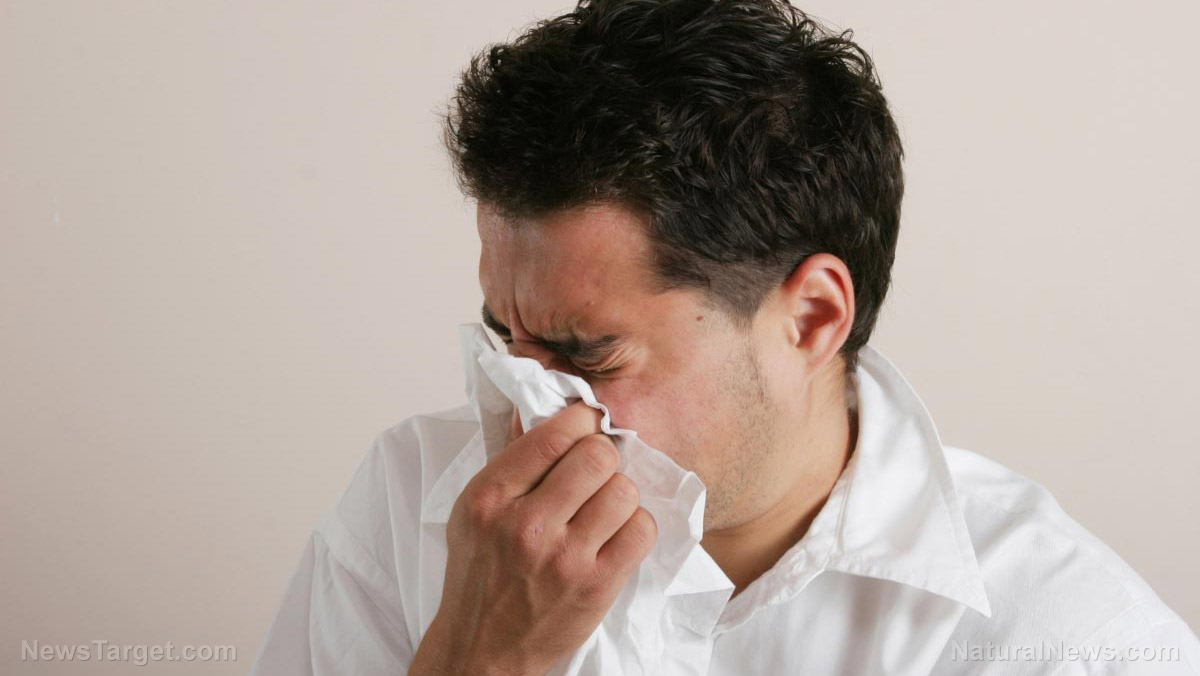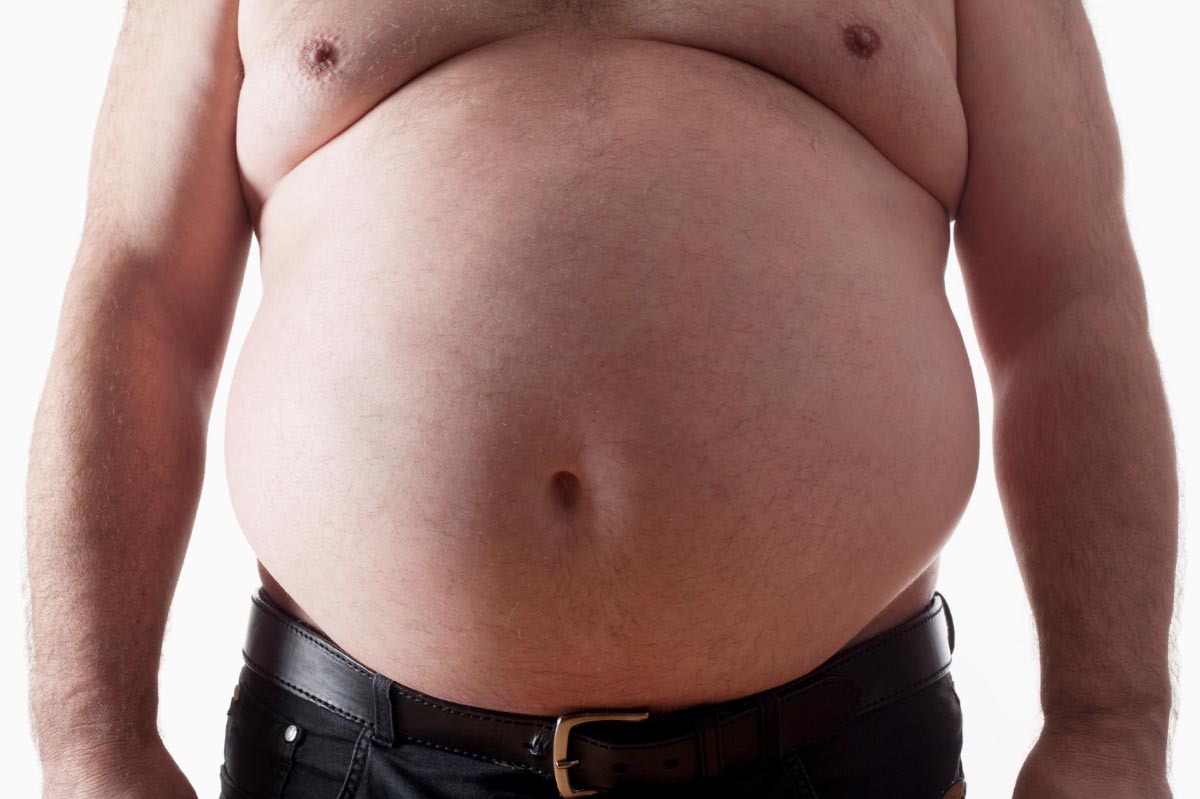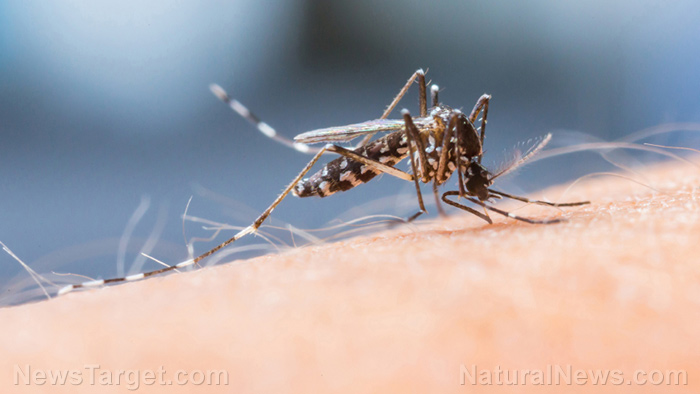An unlikely hero in antibiotic resistance: Platypus milk could be used to fight superbugs
04/14/2018 / By Frances Bloomfield

Back in 2010, researchers uncovered special antibacterial properties in platypus milk. Its antibacterial potency is such that the team believed it could one day help combat superbugs. Come 2018, a new group of scientists from the Commonwealth Scientific and Industrial Research Organisation (CSIRO) has found out why.
The milk on its own is unique. Firstly, it comes from one of the two members of the monotreme family (the other are echidnas). The animals that belong to this group are the only mammals to ever lay eggs. Secondly, female platypuses lack nipples and instead release milk through their skin like sweat. Baby platypuses then lap up the milk as it gathers onto their mothers’ bellies.
Photo courtesy of AnimalPictureSociety.com.
Researchers believe this to be the reason behind the protective antibacterial qualities of platypus milk. Being exposed to the elements puts baby platypuses at risk of infection. It would only make sense for the milk to possess characteristics that ensure this doesn’t happen.
“We were interested to examine the protein’s structure and characteristics to find out exactly what part of the protein was doing what,” said Deakin University researcher Dr. Julie Sharp.
Working in collaboration with Sharp and her colleagues, the researchers made this remarkable discovery by replicating a protein in platypus milk. Through x-ray crystallography, they came up with a structure in the protein that, when solved, formed a ringlet-like, three-dimensional fold. The never-before-seen protein fold was dubbed the “Shirley Temple” due to its striking resemblance to the former child star’s distinctive curly locks.
Dr. Janet Newman, a CSIRO scientist and the lead researcher of the study, noted that it only seemed par for the course that extraordinary animals like platypuses would have such an unconventional biochemistry. “By taking a closer look at their milk, we’ve characterized a new protein that has unique antibacterial properties with the potential to save lives,” added Newman. “Although we’ve identified this highly unusual protein as only existing in monotremes, this discovery increases our knowledge of protein structures in general, and will go on to inform other drug discovery work done at the Centre.”
Antibiotic resistance has become a growing problem in recent years. So much so that the World Health Organization (WHO) released a report on the matter in 2014. In it, the WHO called for immediate action in order to avoid a future where minor injuries and infections that were treatable become fatal once more. (Related: Antibiotic resistance is causing numerous scientists to turn to natural, holistic immunity as a better option.)
In an email to HowStuffWorks.com, Newman stated the first step to discovering how the protein could fight superbugs is to better understand the protein fold and its antibacterial prowess. “In theory there are a number of approaches — we could tweak the structure a little by making site-directed mutants of the protein in the lab. This would allow us to see how the activity changes each time, until we build up an understanding of the mechanism of how this works. Or maybe we could use some form of the protein to try to isolate its binding partner on the bacterium, which might be some structure on the outside of the bacterium,” wrote Newman.
Fast fact about platypuses
- When Captain John Hunter sent back a platypus pelt and sketch to Great Britain, the recipients believed it to be a hoax and even two animals that had been sewn together.
- Male platypuses have spurs on their hind feet that are connected to venom-producing glands. This makes them one of the few venomous mammals.
- Platypuses have grinding plates instead of teeth, so they scoop up gravel to help mash their food into digestible pieces.
Visit SuperBugs.news to remain updated on any and all news about antibiotic resistance and what’s being done to overcome it.
Sources include:
Tagged Under: alternative medicine, antibacterial, antibiotic resistance, Antibiotics, biochemistry, discoveries, Medicine, Microbiology, platypus milk, platypus milk protein, platypuses, Shirley Temple protein fold, superbugs

